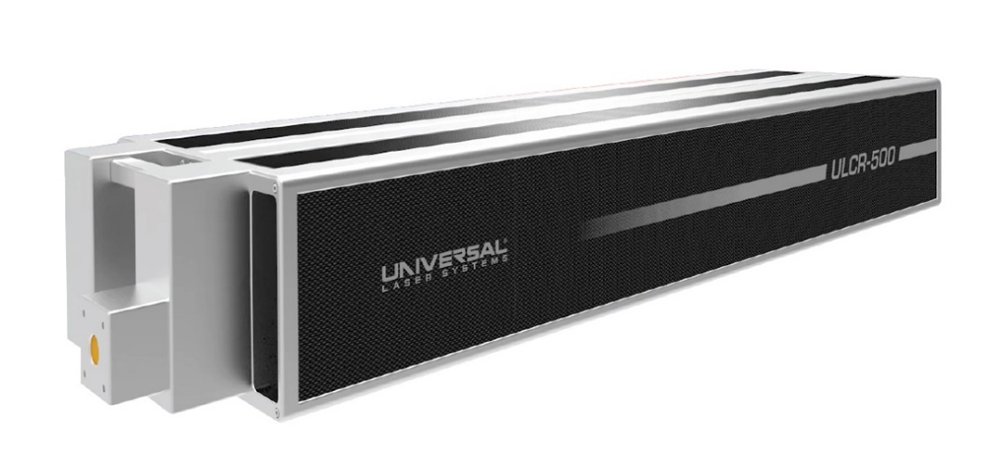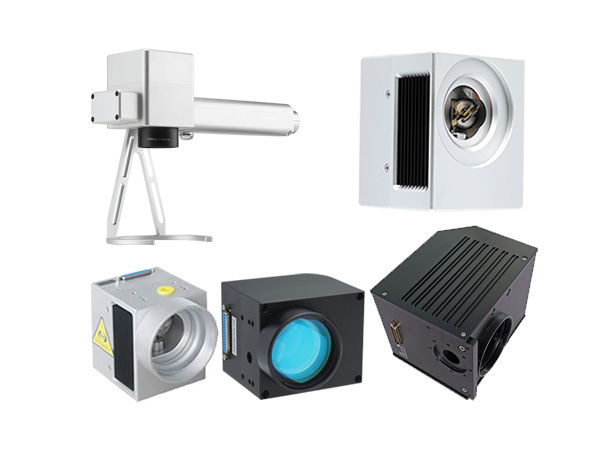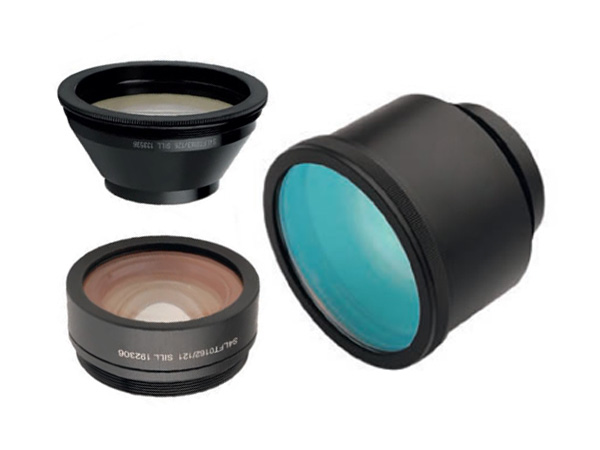How to Choose Laser Power? 3-Min Guide to Fiber/CO₂/Ultrafast Laser Differences
In industrial manufacturing, selecting the right laser and power is critical for balancing efficiency, precision, and cost. This article compares three mainstream lasers—fiber, CO₂, and ultrafast lasers—and provides data-driven recommendations to help you make informed decisions.

1. Core Differences: Wavelength, Materials, and Power
| Type | Wavelength | Materials | Power Range | Key Advantages |
| Fiber Laser | ~1μm (NIR) | Metals (steel, aluminum) | 50W~20kW+ | High efficiency (>30%), low maintenance |
| CO₂ Laser | 10.6μm (MIR) | Non-metals (wood, acrylic), thin metals | 30W~10kW+ | Smooth cuts on non-metals |
| Ultrafast Laser | ~1μm (NIR) | All materials (glass, ceramics, polymers) | Avg. 1~50W, Peak GW level | Zero thermal damage, micron precision |
Data interpretation:
Fiber laser: The first choice for metal cutting. 1kW laser can cut 5mm thick stainless steel (speed 3m/min), and 20kW can process 50mm thick steel plate.
CO₂ laser: 80W power can engrave 3mm acrylic (speed up to 10m/min), but auxiliary gas (such as oxygen) is required for cutting metal.
Ultrafast laser: The average power is only 10W, but the peak power exceeds 1GW, and OLED screens can be processed without heat (accuracy ±2μm).
2. The Rule of Power Selection
(1) Match Materials & Thickness
Metal processing:
<1mm thin plate: 100~500W fiber laser (such as mobile phone case cutting).
1~10mm medium thick plate: 1~6kW fiber laser (automotive sheet metal welding).
>10mm thick plate: 6~20kW high-power fiber (ship steel plate cutting).
Non-metal processing:
Wood/plastic carving: 30~100W CO₂ laser(the cost can low to $0.014/min)
Precision processing of brittle materials:
Ultra-fast laser(5~20W)applied to sapphire mobile phone screen cutting(edge chipping <5μm).
(2) Optimize for Process Type
Cutting/Welding:High power constant laser(fiber/CO₂)
Example: 4kW fiber laser welding of aluminum alloy battery tray (speed 8m/min, yield 99%).
Marking/Engraving:Low power pulsed laser.
Example: 50W fiber laser marking on titanium alloy (depth 0.1mm, resolution 1200dpi).
Microprocessing:Ultrafast femtosecond laser.
Example: 20W ultrafast laser drilling microholes (aperture 20μm, burr-free) on the heart stent.
3. Real-World Applications
Scenario | Laser Choice | Result |
Cutting of stainless steel kitchenware(2mm) | Fiber laser 1kw | Speed 4m/min, smooth cut without slag |
Leather brand logo engraving | CO₂ laser 60w | Precision:0.1mm cost:$0.04/piece |
Photovoltaic silicon wafer dicing | Ultra-fast picosecond laser 10w | Edge collapse <3μm, efficiency increased by 200% |
New energy vehicle battery welding | Fiber laser 6kw | Weld strength ≥ parent material, production cycle 15s/piece |
4. Why Choose Us?
Fiber Lasers: Up to 40% electro-optical efficiency, 100,000-hour lifespan (Industry-leading).
CO₂ Lasers: Patented gas recycling tech, reducing operational costs by 30%.
Ultrafast Lasers: Nanoscale precision with AI-powered beam control.
Conclusion:
For metals & high-speed production → Fiber lasers (Power scales with thickness).
For non-metals & cost-sensitive tasks → CO₂ lasers (30~200W ideal).
For zero-defect micromachining → Ultrafast lasers (Precision over power).
For more futher information pls click here and contact us to customize your laser solution!
 English
English Français
Français Deutsch
Deutsch euskara
euskara Русский язык
Русский язык Italiano
Italiano Português
Português Nederlands
Nederlands Polski
Polski Greek
Greek Lietuva
Lietuva Türkçe
Türkçe 日本語
日本語 한어
한어 中文
中文 தாமில்
தாமில் فارسی
فارسی हिंदी
हिंदी Tiếng Việt
Tiếng Việt ภาษาไทย
ภาษาไทย Pilipino
Pilipino Indonesia
Indonesia தாமில்
தாமில்





